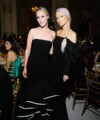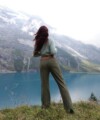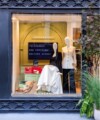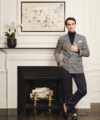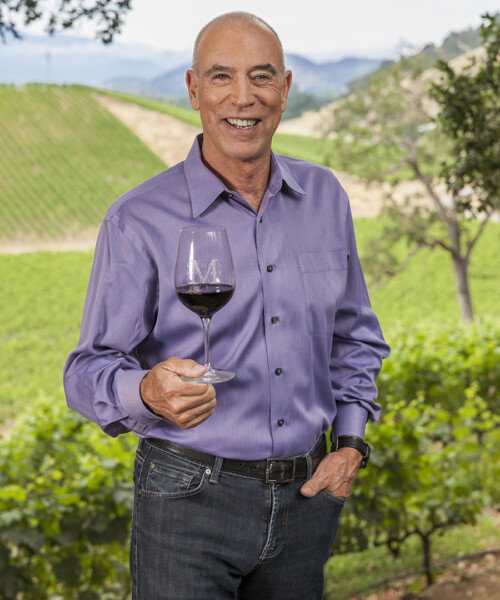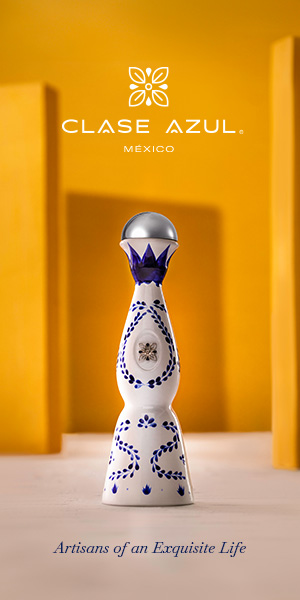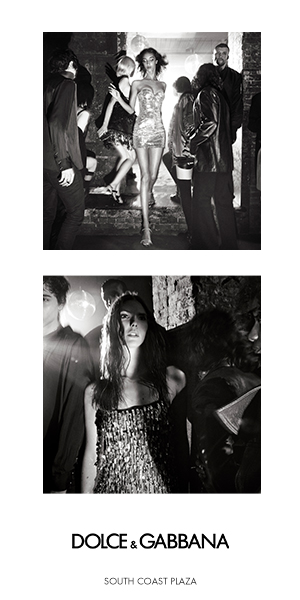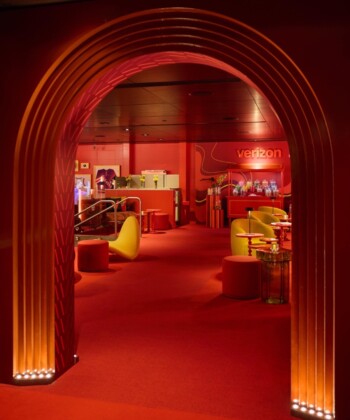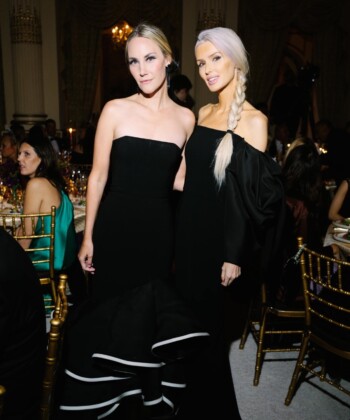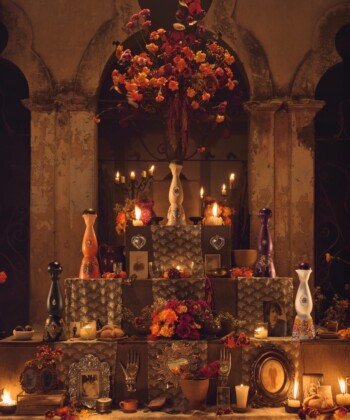During the two-hour drive from Phoenix to Sedona, the topography transformed from saguaro cactus to juniper trees. In the distance, a dust devil whirled in the 110-degree Phoenix sky. Once at L’Auberge de Sedona, the temperature had dropped into the double digits. The colors of the terrain transcended from dry desert to an fiery orange-red.
Though it may seem unlikely, this part of the desert experiences hot days and cool nights reminiscent of the climate in Napa Valley. In November, L’Auberge de Sedona will host a Mondavi Wine Weekend. During the two-night stay (November 2-4), guests will break bread with winemaker Michael Mondavi, enjoy a four-course dinner curated by Chef Desplechin, who has plated at three different Michelin-star restaurants in France, retreat to a beautifully appointed cottage, and take home a signed bottle of Michael Mondavi Family Estate wine as a memento among other activities. This extravagant weekend costs $3,500 for two people and offers nearly everything a wine connoisseur could dream of!
To whet our appetite, we spoke to Michael Mondavi to learn tips and tricks of the trade, like what to look for when tasting wine and misnomers he put the kibosh on.
DuJour: How has wine evolved over the years? Have palettes changed/what’s stayed the same?
Michael Mondavi: Wine has evolved over the years. It’s really evolved because the quality and freshness of foods have changed. We have the luxury today of beautiful, fresh, healthy natural ingredients and therefore the cooking has been focused not on how do we make it palatable, but how do we enjoy the nuance and the character of the fresh ingredients? Wines need to be more delicate to compliment the fresher, lighter foods and not over power them. I’ve always believed that wine is the slave of the food, not the other way around. An example, over the years, in the ‘60s and ‘70s when I would do winemaker dinners, we would always tell the chef at a restaurant, we want to present this chardonnay, or this cabernet, or this pinot noir. The last 15 or 20 years what I’ve done is I’ve asked the chef what he or she is most proud of serving during this season of the year, what are the best ingredients and what is he or she most proud of? Then we select the wine to compliment that seasonal or that very fresh dish.
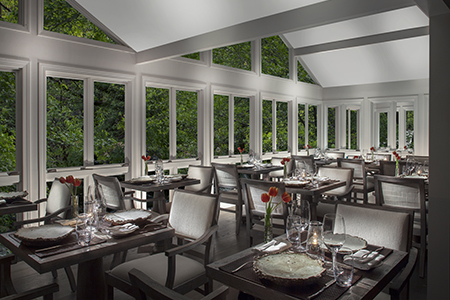
DJ: Is there anything you’d want consumers to know about wine that they might not?
MM: First of all, I sadly think most consumers are intimidated or confused about wine, because there are thousands, literally thousands of brands. As a consumer trust your palette. If it tastes good to you, it’s good. And if it doesn’t taste good to you, the expert will very likely agree with you it’s not very good.
DJ: Are there any misnomers in wine you’d like to address?
MM: The more expensive the wine, the better it is. That’s not necessarily the case. It depends on what the consumer or the restaurateur are looking for. If you’re looking for a big powerful wine that needs to be aged for many years, like a great French Bordeaux or a wonderful full body Napa Valley cabernet, then those probably need to be aged and probably are going to be more expensive, but we’re fortunate today there are many wines that are reasonably priced—and by reasonably priced, I mean in the 15 to 50 dollar range—that are delicious. You don’t have to break the bank to enjoy a great bottle of wine today.
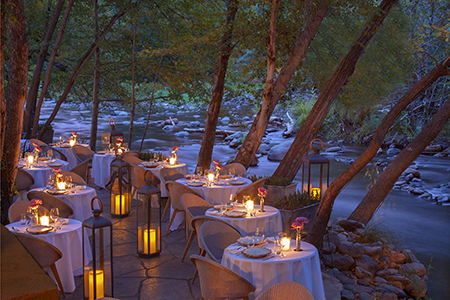
DJ: Do you have a guilty pleasure with wine?
MM: Well, I don’t enjoy wine with breakfast yet, but I do enjoy wine with almost every lunch and dinner. A meal without wine is like a day without sunshine. One of the guilty pleasures I have, I am fortunate to have a very extensive personal wine cellar, and it gives me a great deal of pleasure when I have a guest at my home and we go down into the wine cellar and I can pick a vintage of the year of the birth of that individual and present them that wine.
DJ: What are your thoughts on collecting wine versus drinking wine?
MM: If you collect wine and don’t drink it, it’s a waste of great wine. If you collect wine and age it for a bit to enjoy older because you like a more subtle wine rather than a fruity wine, then that’s a wonderful use of a wine cellar.
The wines we’re making today don’t need to be aged for five or 10 or 15 years before they’re enjoyed. In the ‘70s and ‘80s when I was selling wine, I’d say to a consumer, “now put this in your cellar for 10 to 15 years and let it age.” The way we’re getting better maturity of grapes in the vineyards and understanding the viticulture—we’re not winemakers, we’re wine growers—the better the balance and flavor of the grape, the better the balance and flavor of the wine. If the wine is balanced beautifully, you can enjoy it young, and it will also age for 10 or 15 or 20 years, but you don’t have to wait. The way I made wine in the ‘70s you had to wait for five or 10 years, because the tannins in the grape and in the seed were a sharper tannin, because we didn’t have the optimum maturity of the berries. We now understand more as to when to pick the grapes for optimum maturity.
DJ: Is there anything in particular to look for when tasting wine?
MM: When tasting wine the first thing I do is swirl the glass, and smell. Our nose is much better than our palette and if the aroma is clean and fresh, whether it is a red wine or a white wine, it will tell you, ‘okay, you’re about to enjoy a very nice wine.’ If it’s a little heavy or has a slight aroma that is not pleasing to you it’s probably not a very good wine. You might call it the early warning system. If it smells good, then there’s taste and touch. It has to taste good. Have a nice flavor. And the touch: Is it too much tannin or acid, like lemon juice or is it too soft and flat and doesn’t leave your mouth feeling refreshed and balanced?
DJ: What is your connection to Arizona?
MM: I’ve enjoyed going to Arizona for years. The resorts they have are wonderful. I studied architecture at the university and I love Frank Lloyd Wright. In fact, one of the first dates that my wife and I ever had was to visit a Frank Lloyd Wright building: The Marin County Civic Center. As soon as I had the opportunity to go to the Arizona Biltmore designed by Frank Lloyd Wright again, I went there and enjoyed going back there. I’ve probably been there 30 or 40 times over the last 50 years.
DJ: Where in the world has been a favorite/unexpected winery you’ve visited?
MM: Sicily because I always felt that Sicily, at the very Southern tip of Italy—kind of between Italy and North Africa—would be far too warm for growing quality wines and grapes and I was wrong. They have indigenous grape varieties like Nero d’Avola, it makes a beautiful rich red wine that is enjoyable in warm climates. And I always thought you had to drink white wine or rosé in warm climates. I was really pleasantly surprised and impressed of not just the white wines, but also the red wines of Sicily.
DJ: What’s been your biggest wine splurge?
MM: Buying wine from my wife’s birth year and my birth year knowing that they weren’t going to be good beverages, because they were so old. During the ‘40s, I was born during World War II and my wife just after and therefore the wines of that era weren’t stellar either. But I wanted them just to have in my cellar. It was essentially buying some very expensive antique wines that we’d never drink and we just bought them for our ego.








